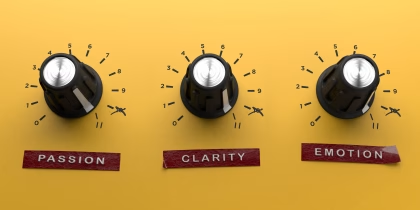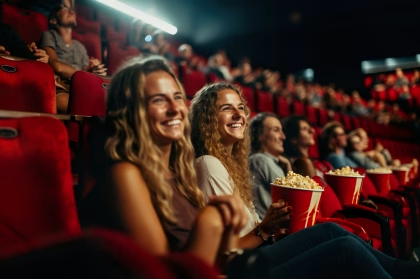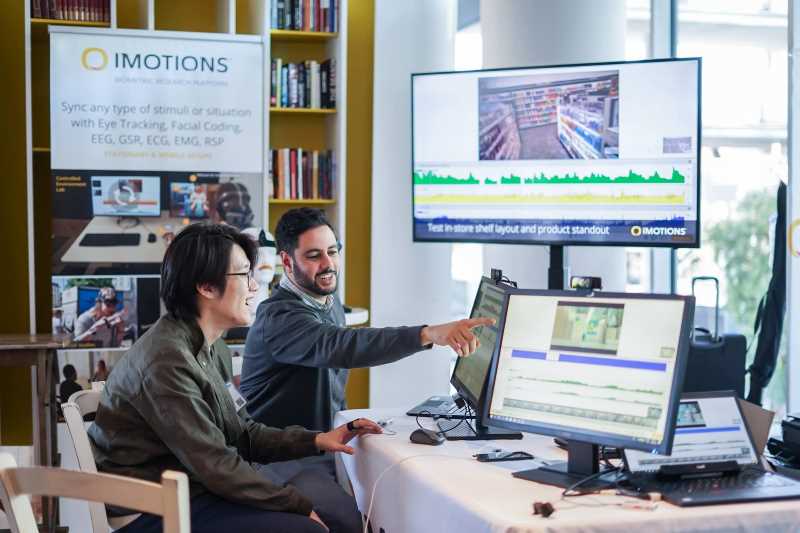This article examines the ongoing architectural debate surrounding styles for American government buildings. It tests the results of the 2020 National Civic Art Society survey that found 72% of Americans prefer traditional federal buildings over modern designs. To gain a neuro-biological perspective on these results, eye-tracking emulation software is used to evaluate the relationship between architectural design, visual attention, and human preferences. The hypothesis that traditional buildings would capture and retain pre-attentive visual processing more than modern styles was confirmed in several experiments. The research offers valuable insights for architects, urban planners, and policymakers considering design decisions about federal buildings.
Related Posts
-

Why Dial Testing Alone Isn’t Enough in Media Testing — How to Build on It for Better Results
Consumer Insights
-

Tracking Emotional Engagement in Audience Measurement is Critical for Industry Success
Consumer Insights
-

How Real-Time Audience Intelligence Is Revolutionizing Modern Advertising
Consumer Insights
-

The Uncanny Valley And Designing Trust in Human-Robot Interaction
Academia



